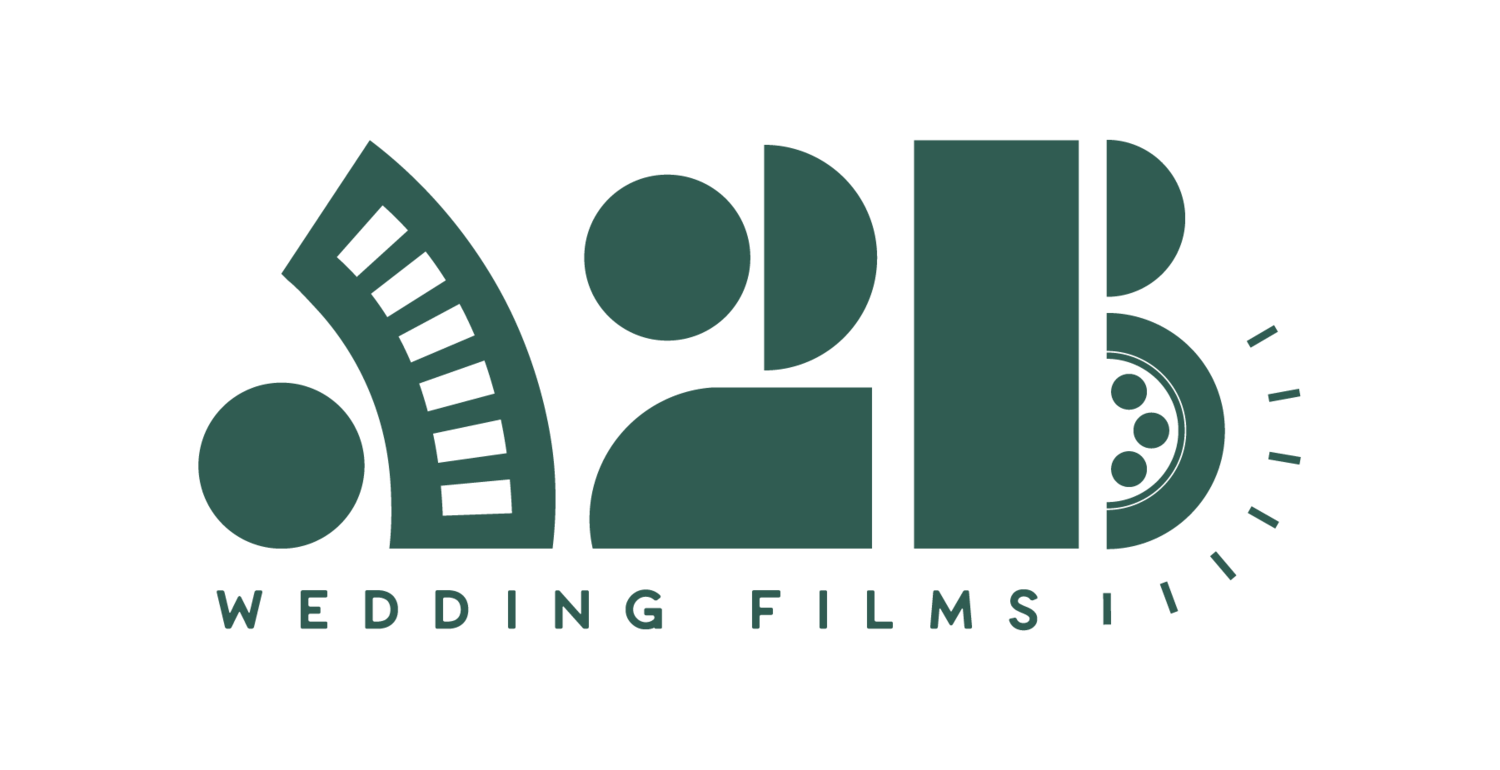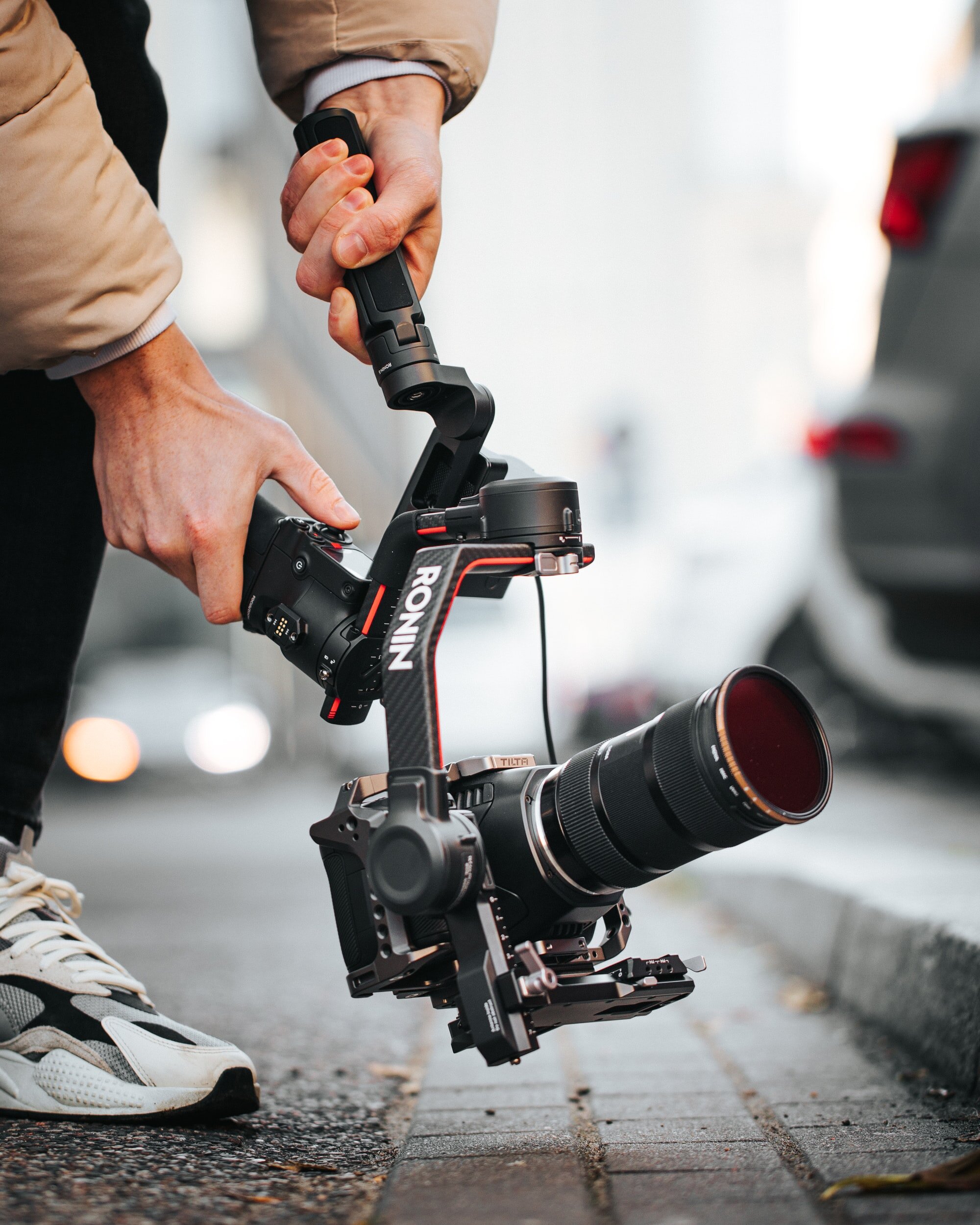11 tips on hiring the right wedding videographer
Being someone who is passionate about my craft for the last thirteen years, I’ve compiled some of my top tips for finding the right wedding videographer and getting the most out of your wedding film!
1. Hire a professional.
Bride’s number one regret is not having a video. I know I wish my parents did and so do they. There is no other time than your wedding when you are surrounded by so many happy friends and family, and to hear what was said and see people interacting is priceless. Considering all the time, money, and energy that goes into your day capturing professionally it is a fairly small investment that will pay off for generations.
2. Hire a local videographer.
Hiring someone who has shot at the location and worked with the local vendors already will make for a better film. A professional, who is familiar with where the sun will set, what shot angles are best when conditions and light are optimum are all big factors in having the best film possible. Many times Bigger Retail Wedding Vendors control the market but with these companies, you don’t even know your videographer until weeks before the wedding. A2b Weddings is a Husband & Wife team and when you hire them you get them at your wedding. We are a small Boutique Wedding Film company that wants to make your Wedding video as special as the rest of your wedding day. Don’t be swayed by their low prices because you get what you pay for. We spend more than just 8-12 hours on your wedding film, planning the day of, editing the footage meticulously & finding the perfect songs. Compare our videos to our competitors and you will see the difference.
3. Don’t just look at just their portfolio.
look at their reviews on multiple sites. Some to Check are Google, Wedding Wire, Or The Knot. The top professionals have consistent delivery. Check for active postings on their website or Instagram. Also, This means that even on the days when things don’t go perfectly (timing, weather, lighting, and hundreds of other variables that could be problematic) they can still deliver a great film. Ask them for more videos or give them a call to answer any questions you may have. A2B Weddings loves to get to know their couples and help with more than just your wedding film. We will recommend vendors we love working with and ask you your favorite beer to get to know you both.
4. Know the style you like.
There are so many ways to shoot a wedding but here are the three main ones:
Music video:
It focuses on cinematic shots, and is a visually driven film with lots of time-shifting through parts of the day with effects and music with lyrics. This style has little to no audio such as vows, speeches, or any other voice-over dialogue. Typically we would recommend this style when doing a shorter more condensed wedding, or Elopements.
Documentary/Candid:
The opposite of the music video: This style is like a professionally shot home movie– it focuses on candid moments with a more handheld style, and is more about moments of guests laughing, speeches, natural audio and interactions between people over visual flair. These films have a more organic natural feel with instrumental music driven by dialogue.
Cinematic:
A2B Weddings lives in the Category mostly and we personally feel this style is the best of both worlds. It has the visual production quality of the music video but with the feel and emotion of the Candid style. In this style, there are stunning cinematic shots but also an emotional feel of the day with dialogue mixed in from the day. It is Intimate and evokes feeling and emotion.
5. You should pick a videographer because you love their films and style.
Tell them what you loved about their portfolio, It helps to know what videos you liked and maybe what you didn’t like so we can stray from that. We want your wedding video to be personalized to you and the only way we can is if you’re involved.
6. Make sure your videographer is a licensed drone pilot.
Nothing captures the beautiful landscape of Maui like the drone. Legally you must be licensed to fly. Also, some venues don’t allow drones. We love to add drone footage to accentuate your Special Day. A2B Wedding Films offers Drone Video & is licensed to do so.
7. Have personal elements.
Personal vows are best, but if you don’t want to do personal vows during your ceremony, you could exchange vows during your first look, if doing one, or you could exchange letters/cards to be read aloud to the camera.
Having the personal dialogue helps us tell your personal story more. We always recommend our Couples do a First Look if they can’t or Do not want to Then we hope they do a Letter Reading to each other. This really helps set up the Story of you in your own words.
8. Be aware of your videographer’s turn-around time for your film.
Some brides wait a year for their film but the industry standard is about six months. We have it in our contracts to deliver within 180 days. Also before hiring, be aware of how responsive your videographer is. You don’t want to have the nightmare of having to track down your videographer months or years after the wedding for your film.
9. Legally we have to use licensed music.
Not every song is available to the public for licensing. There are licensing sites and tons of options and I think that using music most people haven’t heard makes your film more personalized. Some of our Favorites are Artlist, Music Bed, Or Fyrefly. For more info about Music Licensing check out our other post about this very subject.
10. Final edit options.
There are so many options for final delivery; here are the main delivery options.
Trailer/Teaser, a video that is one to two minutes in some cases sixty seconds so that it will fit on Instagram (their current time limit is sixty seconds)
Highlight film, ranging from three to six minutes of the best moments of your day, this is great for weddings without much of reception or with minimal speeches
Short Film, eight to ten minutes, I think this is the best balance: it still has the visual engagement of the shorter films but you still have time to include speeches and content to tell the story.
Feature Film twelve minutes and longer, this is great to get completely into your day and story. The feature paired with a trailer is a great option so you have both versions for those who want the full film and those who want to just see the best moments.
Documentary Video or Long Form Edit: this is the full ceremony and reception edited between the cameras. This like a “live edit” there really is no cinematic quality to it. It just shows the entire day in chronological order in a watchable format.
These edits are usually around forty-five minutes long but the length can vary greatly depending on the ceremony denomination and length of speeches.
Raw footage: completely unedited footage. I recommend having this for archival purposes, it isn’t as watchable as the Documentary edit but is also usually a less expensive option.
Regarding the format for your film: 4K resolution is four times the resolution of HD and will become the new video standard probably in the next four years so if you want to time-proof your film this is a great option. Usually, an add-on.
4K is only viewable on 4K TVs and computers. USB flash drive or online is the standard delivery for your film now. I haven’t delivered Blu-Ray or DVD in years. We do offer it as an option still but a USB drive is the most universal delivery format or even online via download link.
After receiving your films it is crucial you back them up. Hard drives fail over time so having your files backed up in a second-place or in the cloud is highly recommended. Most videographers only hold on to the project for so long after delivery so do not rely on one copy.
11. Timing
Videography has a lot more moving pieces than photography does, from our tripods to lights, to drones and other gear we rely heavily on the timeline to make sure we can cover what is happening but also be ready to cover what is going to happen next. And at times multiple things are happening at once, such as the bride getting into her dress, the groom getting dressed and the completed ceremony site is ready for filming. For coverage of all of these crucial moments, we rely on the detailed timeline that your coordinator put together.
——
I know these tips will help you find the perfect fit for your dream film and budget.
If you have any questions or comments please ask were happy to help!





